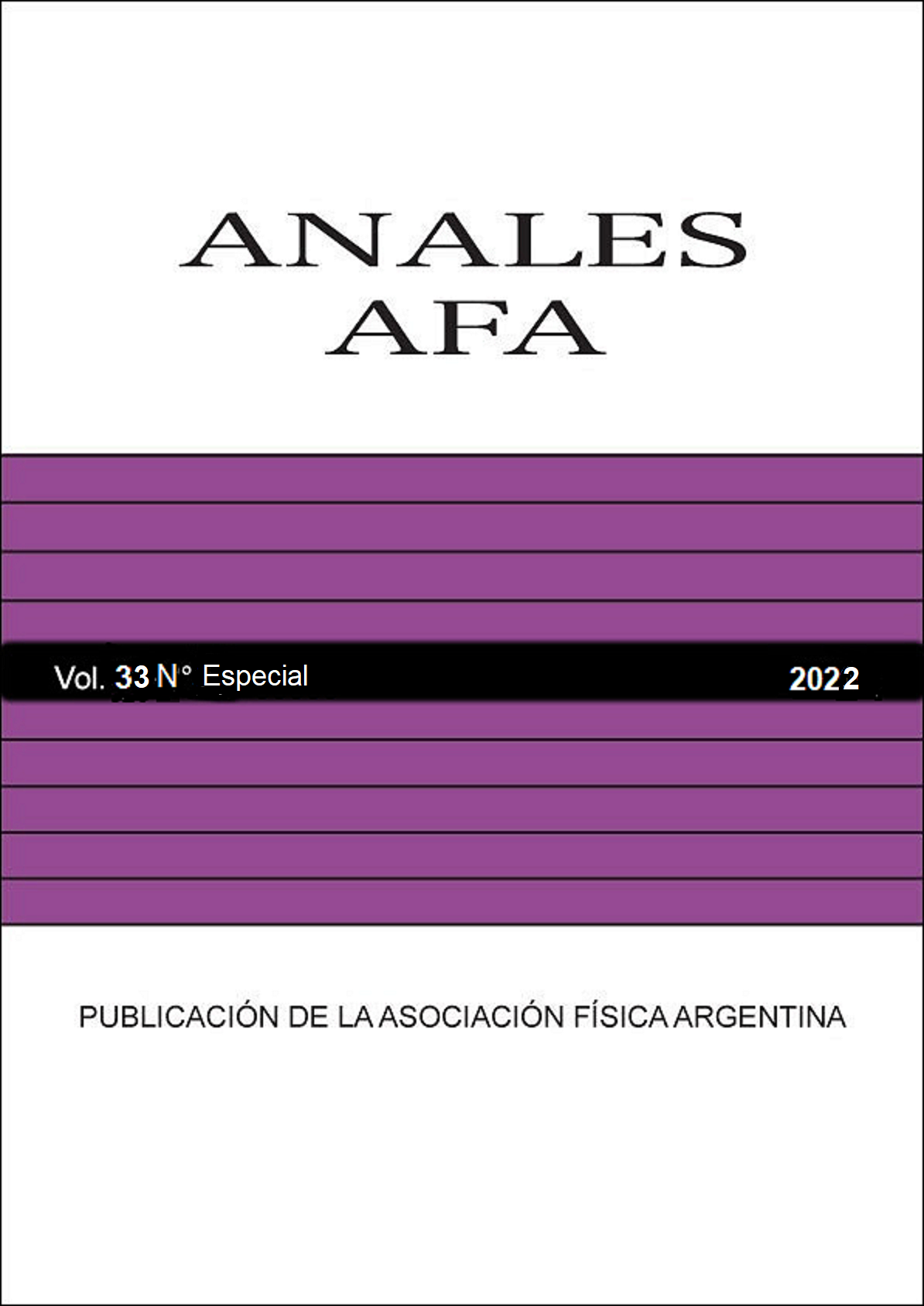FLUJO Y DEPOSICIÓN DE DIFERENTES AGENTES DE SOSTÉN TRANSPORTADOS POR FLUIDOS EN UNA FRACTURA VERTICAL A ESCALA.
Resumen
Hydraulic fracturing is a technique used to stimulate the production of conventional and unconventional hydrocarbons, being this type of resource a strategic part of Argentina’s energy reserve. The procedure consists in injecting fluids at high pressure into the wellbore to create fractures in the formation that later act as highly conductive paths through which hydrocarbons can flow. Since releasing the pressure of fracturing fluids causes the fracture to close, proppant (granular materials) is pumped together with fracturing fluids. For that reason, the way proppant is transported and deposited into the formation determines the future conductivity of the fracture. We present experimental results on the transport and settling of particles carried by water in a narrow vertical fracture scaled from typical field conditions. We discuss some basic features of the dynamics of the settlement of the proppant dune and the final placement for different types of proppant. The effect of the chosen material on the proppant transport is significant, yielding a much deeper placement of the dune when in lower density materials are used.




